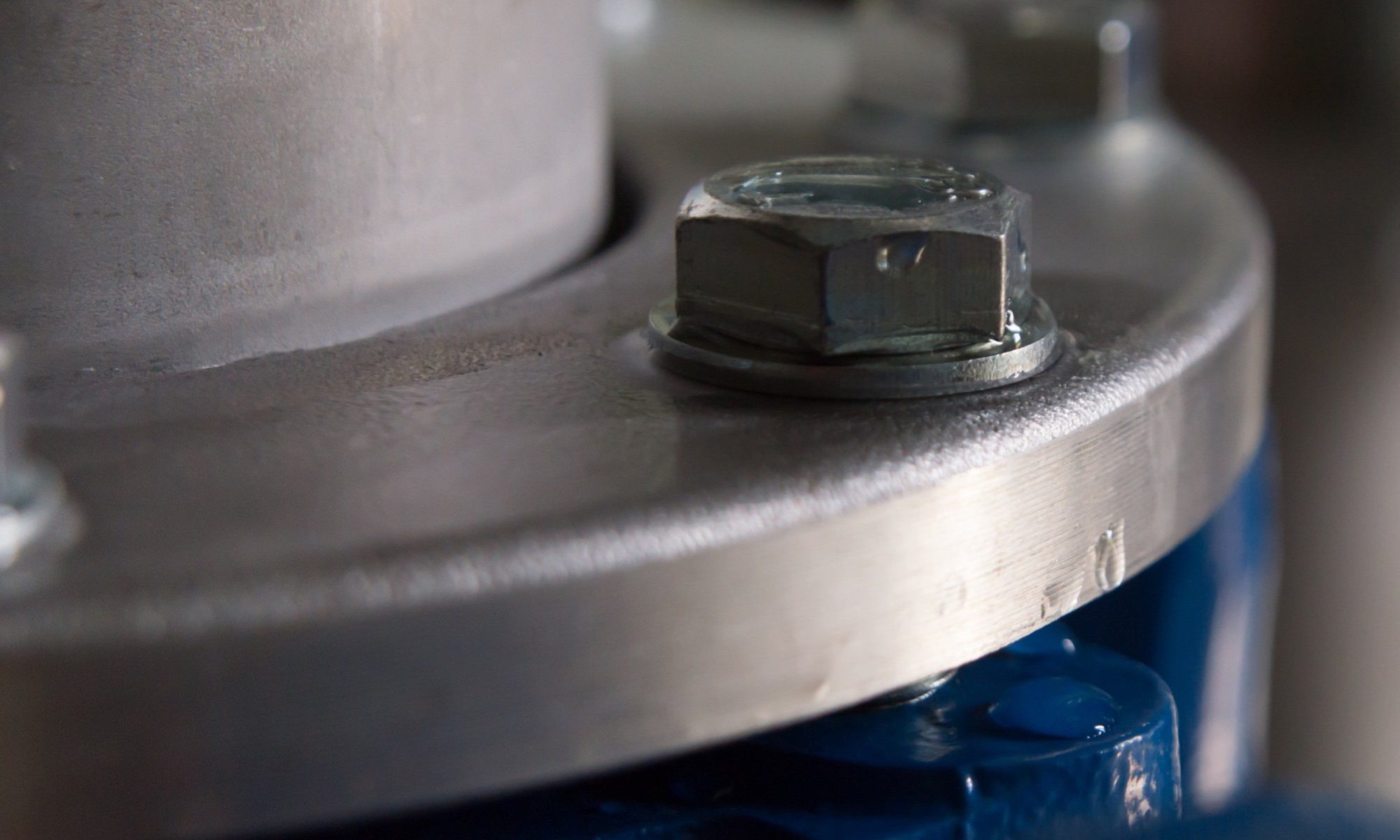Robert Briggs was the superintendent of the Pascal Iron Works in 1862. Here he wrote a set of pipe specifications for iron pipe and distributed them to all the other local mills.
In 1862 each pipe mill still made its own pipe and fittings to its own sixes and specifications. Briggs had seen a need to standardize the sizing. The pipe standards he created became known as the "Briggs Standards." And later became the American Standards, which are the same that are used today.
The current ASTM A53, A106, A312, A333, A335 and many others are based on the Briggs Standard for pipe sizes 1/2" thru 4". Sizes 5" thru 12" are closer to the actual inside diameter and sizes 14"thru 48" are actual outside diameters.
Sizes 1/2" thru 4" came from the dies used in the Pascal Iron Works. Briggs wrote the standards to suit thier dies and all other mills had to make the adjustment.
Pipe sizes 1/2" thur 4" do not have a single dimension the equals its call out. There is no 1/2" dimension on a 1/2" pipe, nor a 3/4" dimension on 3/4" and so on. Hence the name "nominal" pipe came about, meaning "cloe to" or "somewhere in the proximity of" the actual dimension.



